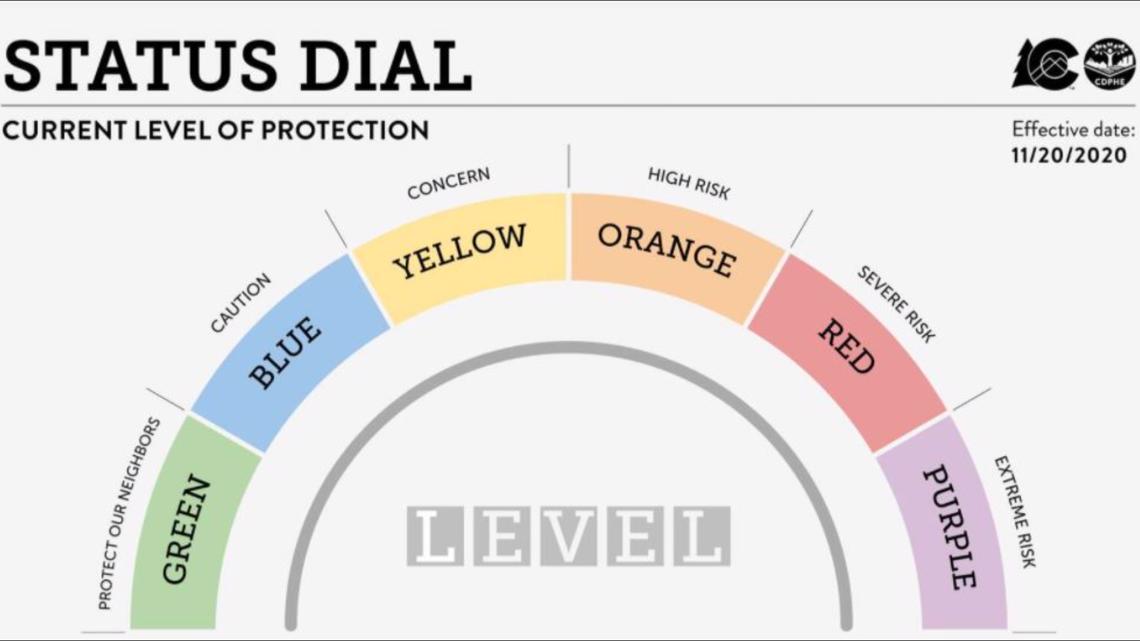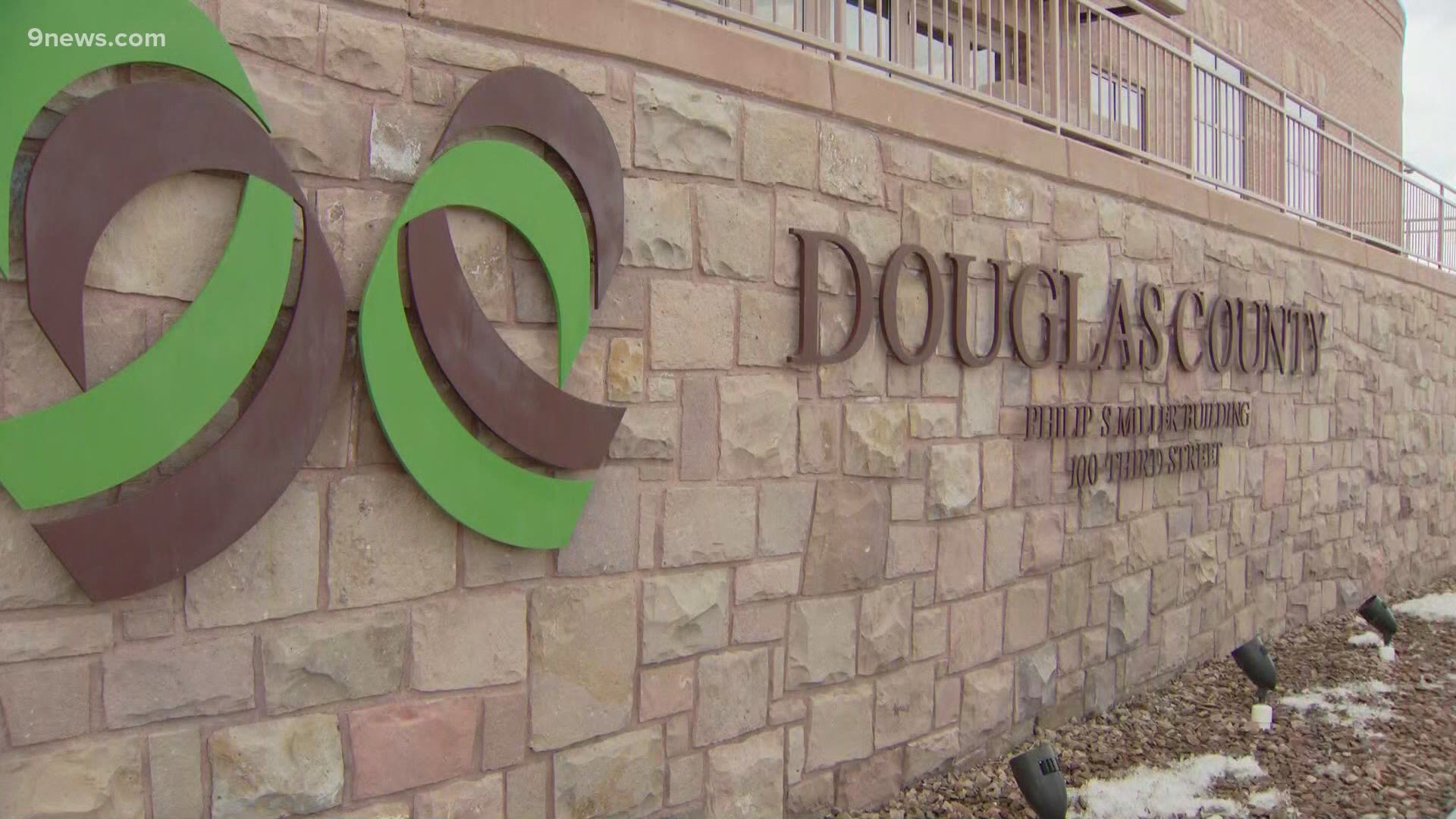ARAPAHOE COUNTY, Colo. — Effective at 6 a.m. Sunday, March 14 and after meeting the required public health metrics over the past seven days, Arapahoe County will be moving to Level Blue, according to an announcement by the county on Friday evening.
This means that all county businesses can operate at higher capacities and with fewer restrictions, according to the state’s dashboard dial.
>Video: Several counties push to leave the state's COVID dial.
According to the state, restaurants can serve at 50% capacity or 50 people indoors and the last call is moved to 12 a.m. Gyms can now operate at 50% capacity and outdoor sports groups and camps can now be as large as 50 people per activity as indicated by the Colorado Department of Public Health and Environment (CDPHE).
The Arapahoe County Board of Commissioners is urging everyone to continue using COVID-19 best practices, including mask-wearing, hand washing, social distancing and avoiding large gatherings outside of households.


Health officials announced Colorado's first presumed positive case of COVID-19 on Thursday, March 5, 2020. Since then, numerous other presumed positive cases have been confirmed. The results for anyone tested at a local level are considered “presumptive positive” until the CDC confirms the cases.
COVID-19 is a novel coronavirus that first appeared in Wuhan, China in late 2019. This new strain of coronavirus began popping up in the United States in January.
Symptoms of COVID-19 can include fever, cough and breathing trouble. Most develop only mild symptoms. But some people, usually those with other medical complications, develop more severe symptoms, including pneumonia, which can be fatal.
If you are feeling ill with symptoms similar to those associated with COVID-19 the Denver Department of Public Health and Environment (DDPHE) recommends the following:
Manage your symptoms at home the same way you manage other cold symptoms. To the extent possible, people with flu-like symptoms should remain at home.
If you need medical care, contact your primary care provider and schedule a visit. Let them know that you are concerned you might have COVID-19.
Only contact 911 for emergencies requiring immediate life-saving care and let them know if you are concerned you might have COVID-19.
Restrict visits to the hospital emergency room or urgent care - only individuals needing immediate care should visit these facilities. If you must visit an ER or urgent care facility, call ahead and let them know that you are concerned you might have COVID-19.
CDC's testing guidance includes three types of people:
Those who have symptoms such as fever OR lower respiratory symptoms (cough or shortness of breath) and have had "close contact" with a confirmed coronavirus patient within 14 days of their first symptoms.
Those who have fever AND/OR lower respiratory symptoms, require hospitalization and have traveled to areas impacted by the epidemic in the last 14 days.
Patients with fever and severe, acute lower respiratory symptoms who require hospitalization, and for whom no other diagnosis has been found — such as the flu. No travel or contact exposure is needed.
SUGGESTED VIDEOS: COVID-19 Coronavirus

